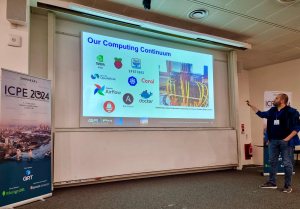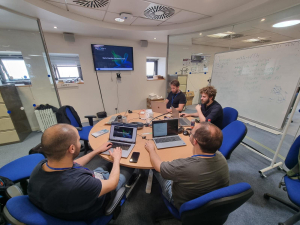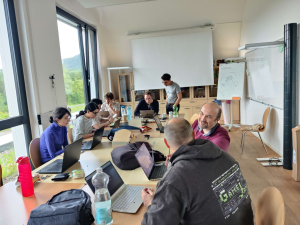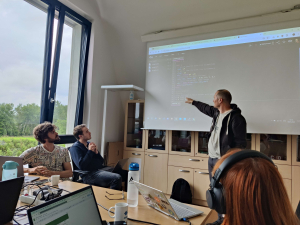The Second Workshop on Serverless, Extreme-Scale, and Sustainable Graph Processing Systems (GraphSys ’24) took place in South Kensington, London, co-located with the 15th ACM/SPEC International Conference on Performance Engineering.
Reza Farahani gave a talk entitled “Serverless Workflow Management Systems on the Computing Continuum”
Authors: Reza Farahani (AAU, Klagenfurt, Austria), Frank Loh (University of Würzburg, Germany), Dumitru Roman (Sintef, Oslo, Norway), Radu Prodan (AAU, Klagenfurt, Austria)
Abstract: The growing desire among application providers for a cost model based on pay-per-use, combined with the need for a seamlessly integrated platform to manage the complex workflows of their applications, has spurred the emergence of a promising computing paradigm known as serverless computing. Although serverless computing was initially considered for cloud environments, it has recently been extended to other layers of the computing continuum, i.e., edge and fog. This extension emphasizes that the proximity of computational resources to data sources can further reduce costs and improve performance and energy efficiency. However, orchestrating the computing continuum in complex application workflows, including a set of serverless functions, introduces new challenges. This paper investigates the opportunities and challenges introduced by serverless computing for workflow management systems (WMS) on the computing continuum. In addition, the paper provides a taxonomy of state-of-the-art WMSs and reviews their capabilities.

Furthermore Reza Farahani and the backend Graph-Massivizer team met to discuss Graph-Massivizer toolkit integration plan.


















